Bulbs
Flower Basics
Flower Beds & Specialty Gardens
Flower Garden
Garden Furniture
Garden Gnomes
Garden Seeds
Garden Sheds
Garden Statues
Garden Tools & Supplies
Gardening Basics
Green & Organic
Groundcovers & Vines
Growing Annuals
Growing Basil
Growing Beans
Growing Berries
Growing Blueberries
Growing Cactus
Growing Corn
Growing Cotton
Growing Edibles
Growing Flowers
Growing Garlic
Growing Grapes
Growing Grass
Growing Herbs
Growing Jasmine
Growing Mint
Growing Mushrooms
Orchids
Growing Peanuts
Growing Perennials
Growing Plants
Growing Rosemary
Growing Roses
Growing Strawberries
Growing Sunflowers
Growing Thyme
Growing Tomatoes
Growing Tulips
Growing Vegetables
Herb Basics
Herb Garden
Indoor Growing
Landscaping Basics
Landscaping Patios
Landscaping Plants
Landscaping Shrubs
Landscaping Trees
Landscaping Walks & Pathways
Lawn Basics
Lawn Maintenance
Lawn Mowers
Lawn Ornaments
Lawn Planting
Lawn Tools
Outdoor Growing
Overall Landscape Planning
Pests, Weeds & Problems
Plant Basics
Rock Garden
Rose Garden
Shrubs
Soil
Specialty Gardens
Trees
Vegetable Garden
Yard Maintenance
How to Turn a Blade of Grass into a Whistle
How to Turn a Blade of Grass into a Whistle. If you have always wondered how people whistle with a blade of grass, you're in luck. You can learn how to make a whistle from grass by following these instructions. So pay a visit to your lawn and pick up a piece of grass, and practice making a whistle today.
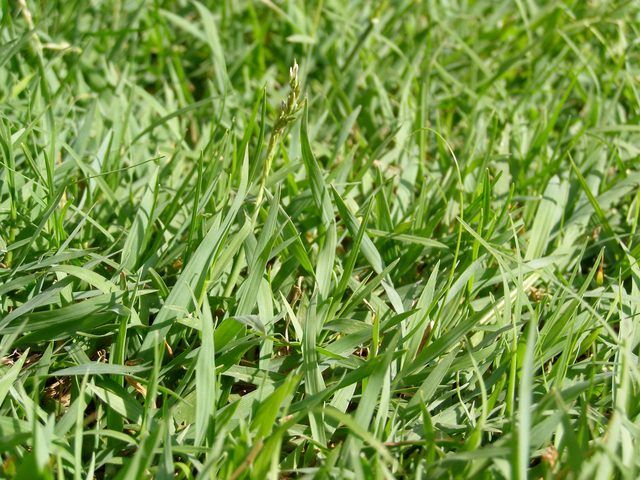
If you have always wondered how people whistle with a blade of grass, you're in luck. You can learn how to make a whistle from grass by following these instructions. So pay a visit to your lawn and pick up a piece of grass, and practice making a whistle today.
Things You'll Need
Blade of grass
Select a thick and wide piece of grass. Some varieties of lawn grass are better than others for this purpose. If you have access to several different kinds of grass, you should select a blade that is at least 6 inches long, fairly thick both in width and rigidity. The length is important so that you can adjust the tension on the blade. The thickness is important because the grass will be like a reed from a musical instrument. You might want to pick several blades of grass and experiment with different ones, since each one will whistle at a different pitch.
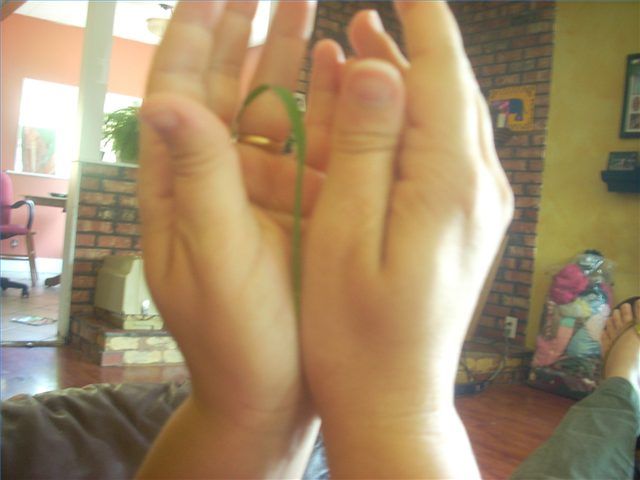
Rinse the grass thoroughly to remove any dirt or possible pet urine. You can use dish soap if it makes you feel better. Pat it dry or blot with a paper towel to remove any residual moisture.
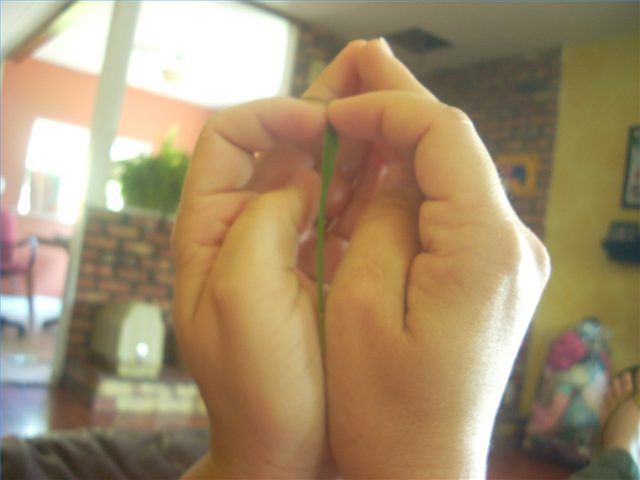
Press the bottom of the blade of grass in between the base of your thumbs. Use your fingertips to pull the blade of grass tightly to form a reed, similar to that of a musical instrument.
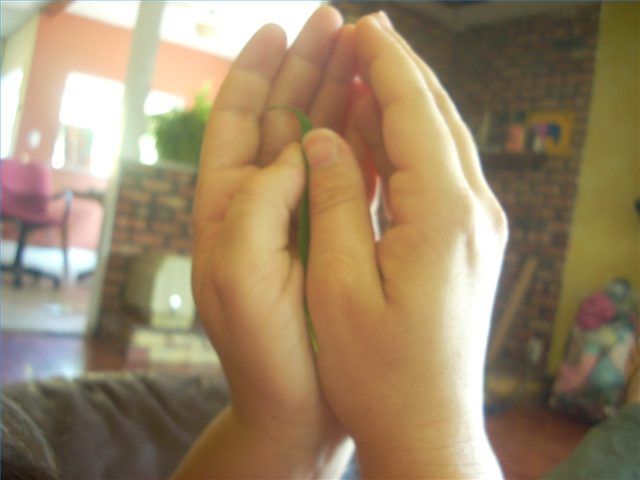
Hold the blade of grass between the top and bottom part of your thumbs and make a mental note of the hole around the blade of grass.
Blow through that hole to make a whistle. You can adjust the pitch of the whistle by opening and closing the hole.
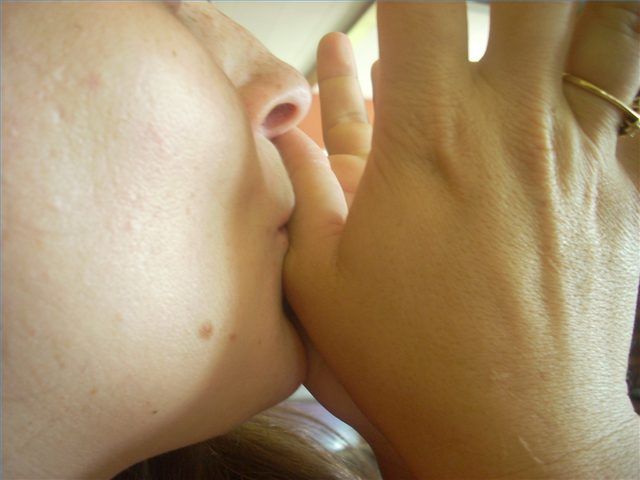
Tips & Warnings
Dry grass is better to use than wet grass.
Do not whistle with grass that has been exposed to pesticides, fertilizers or herbicides.